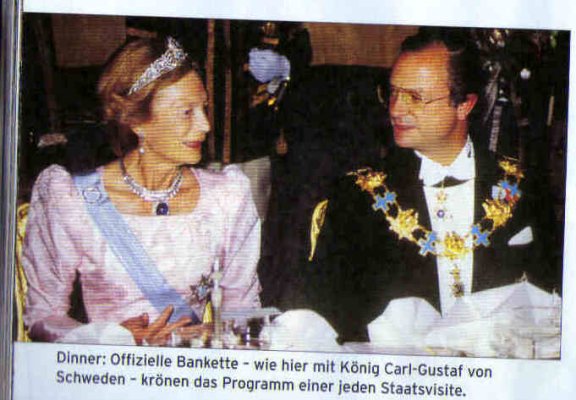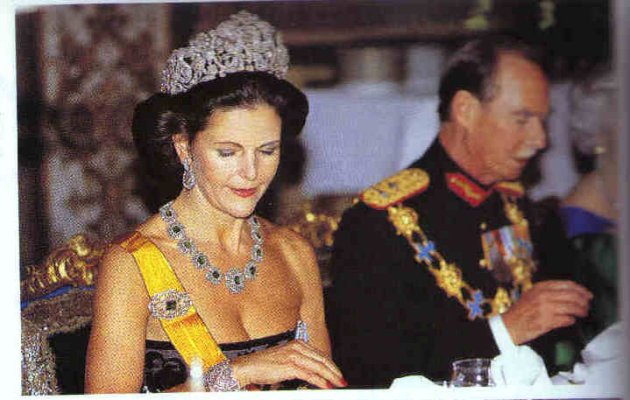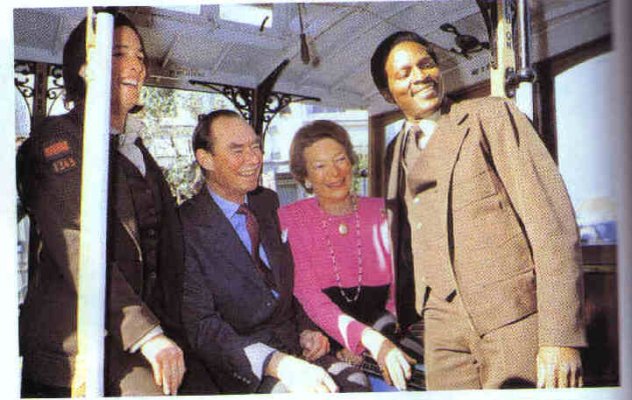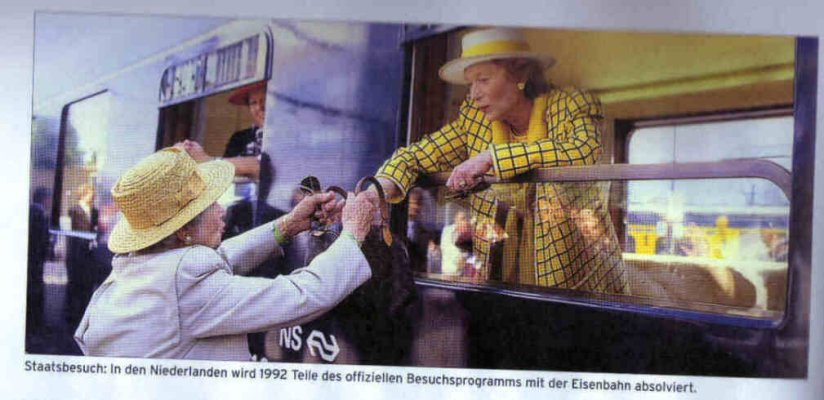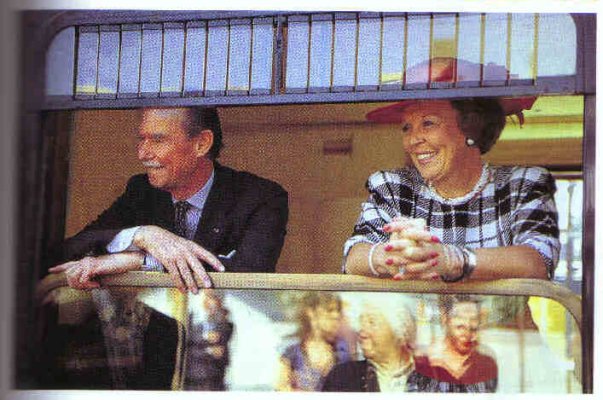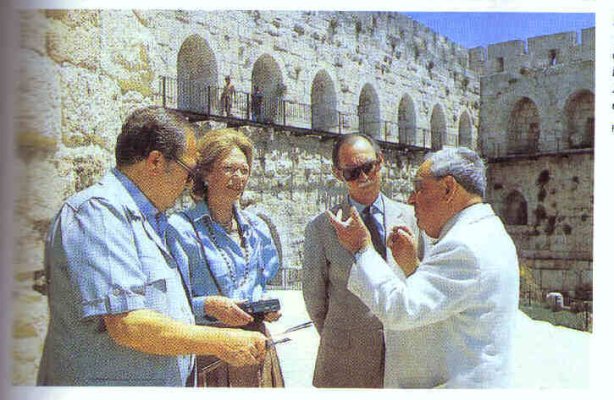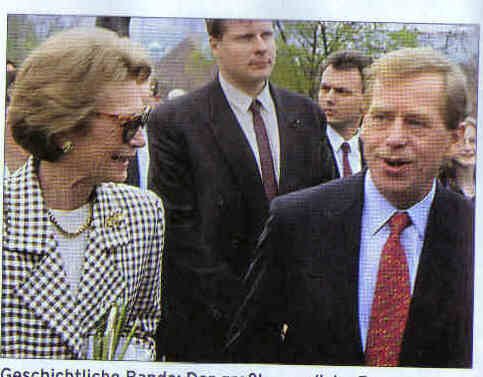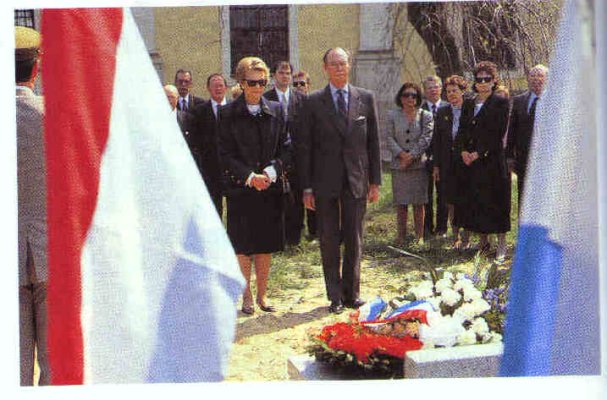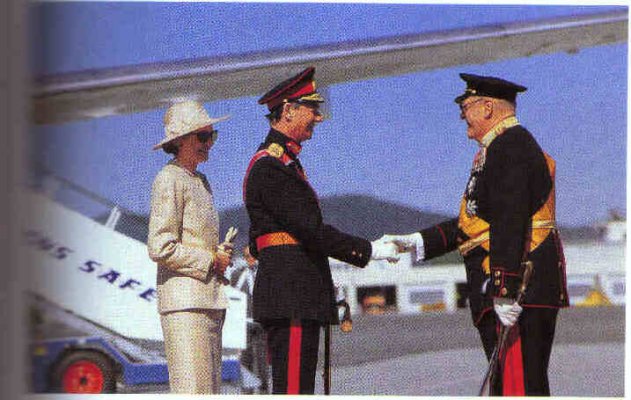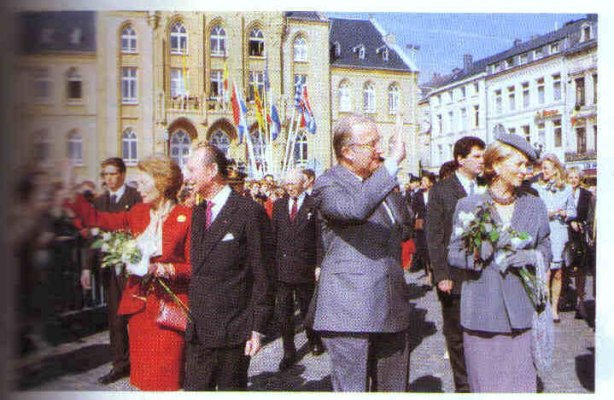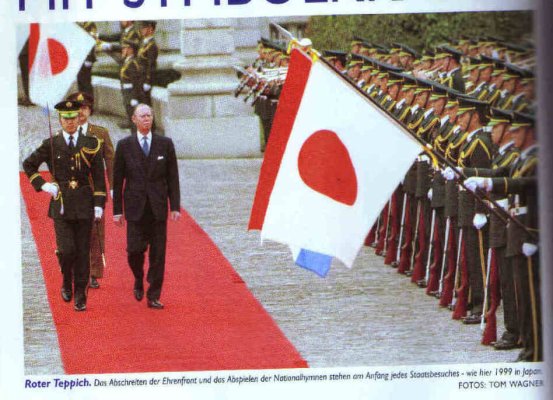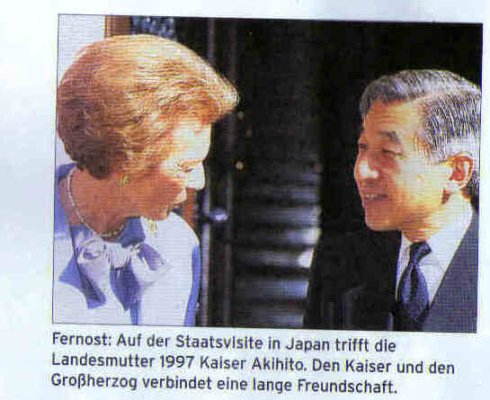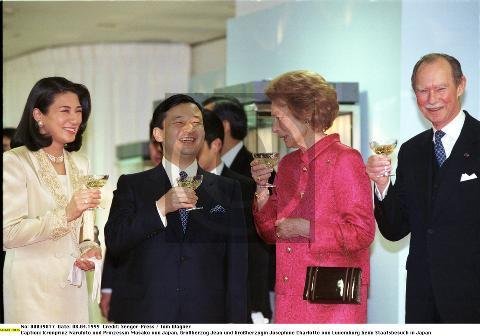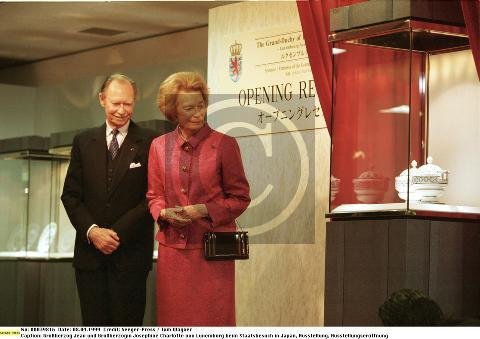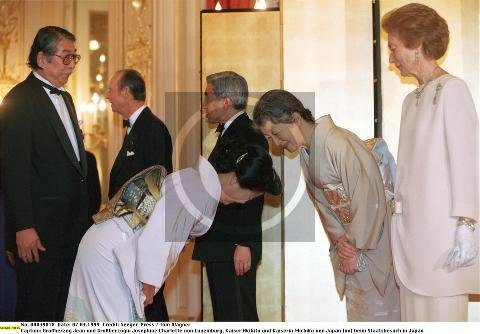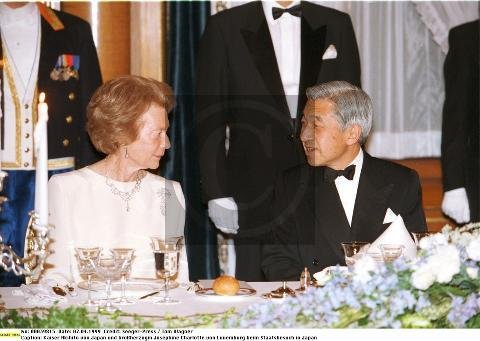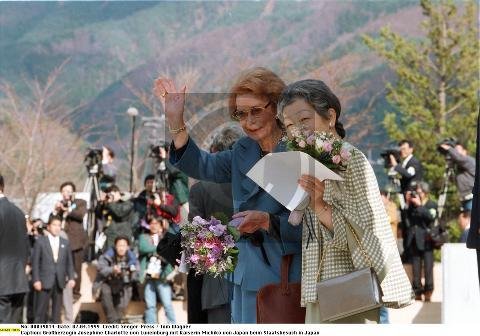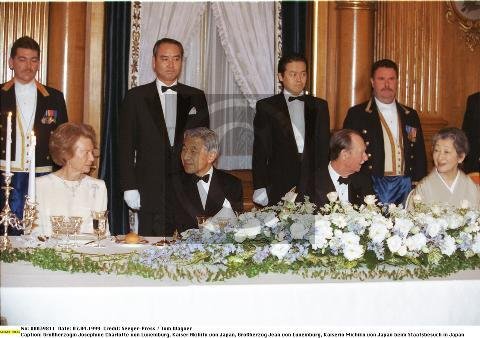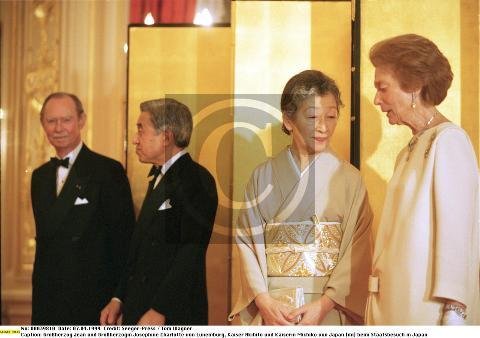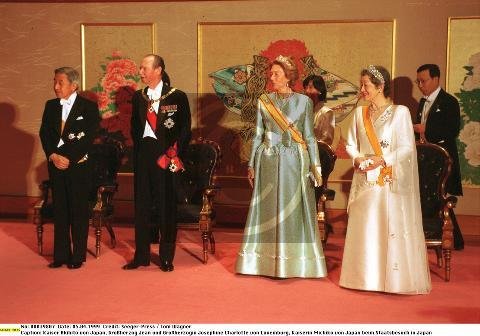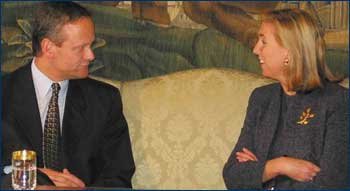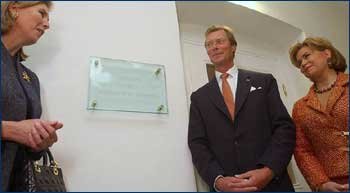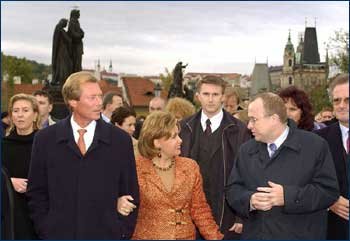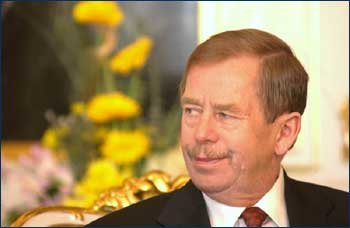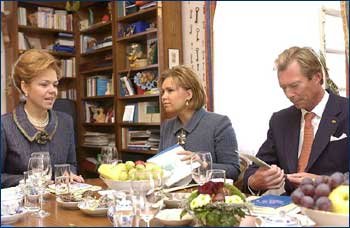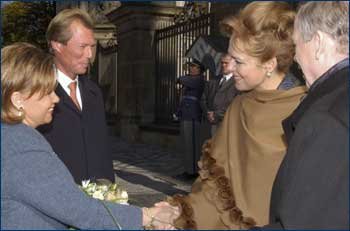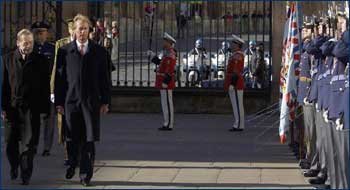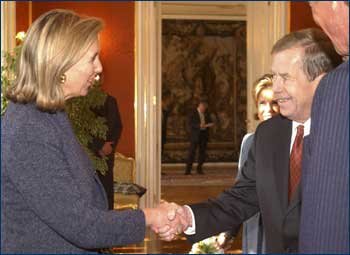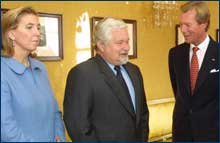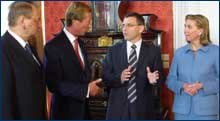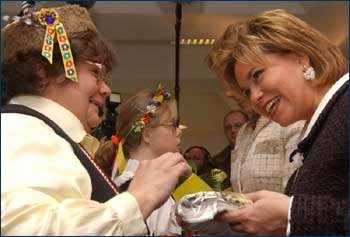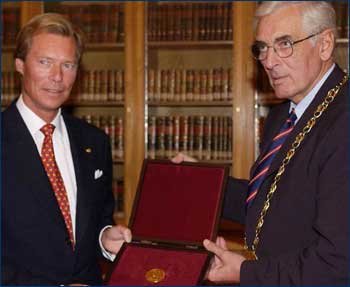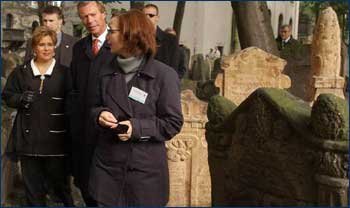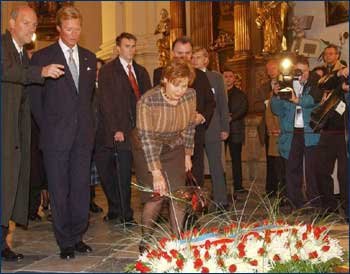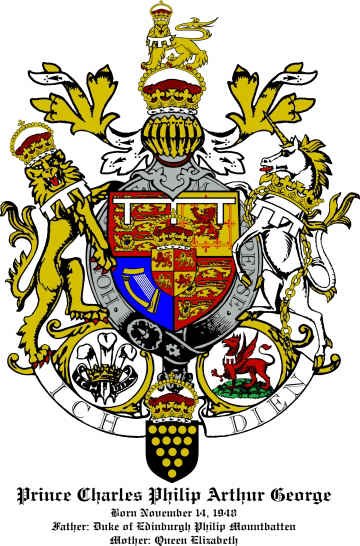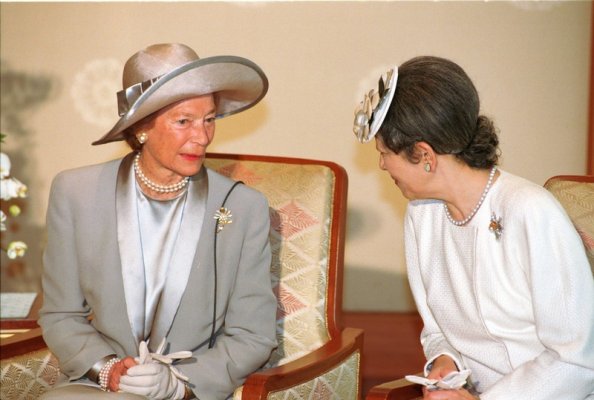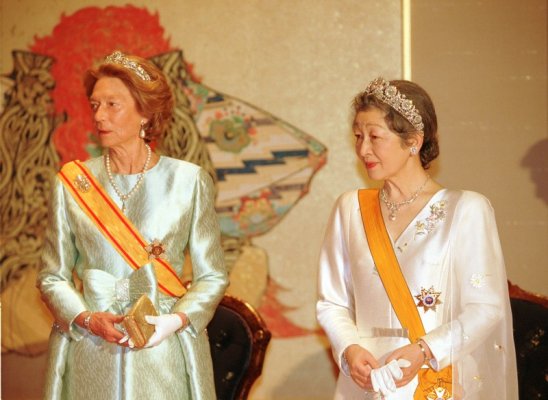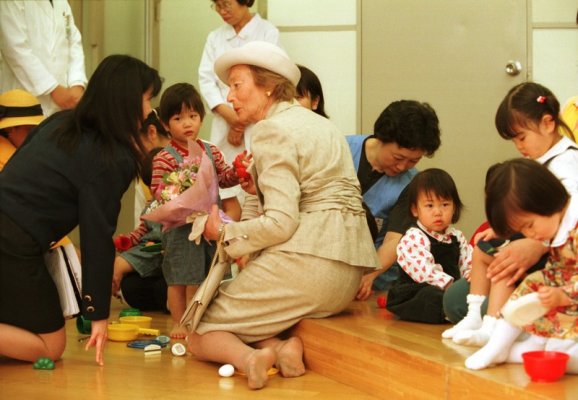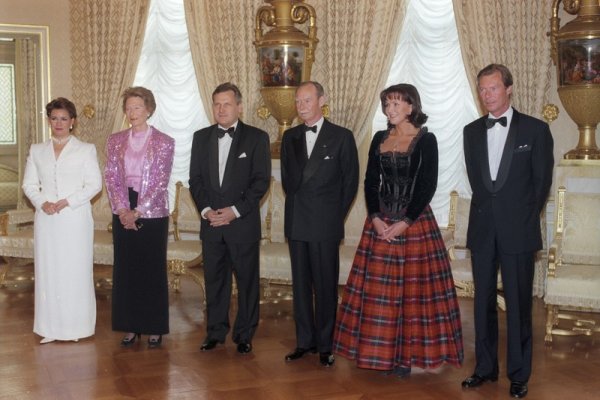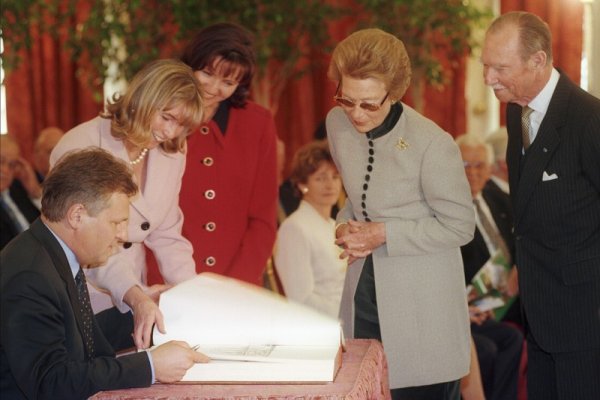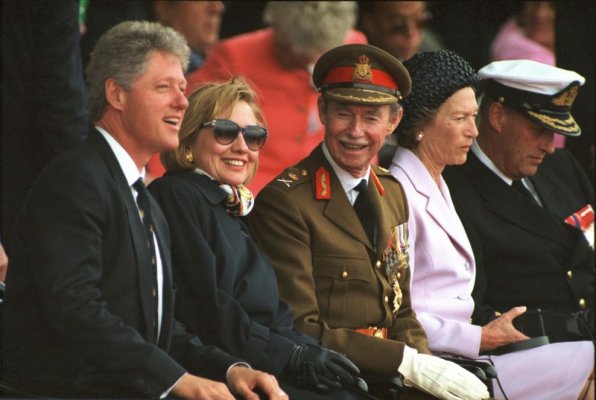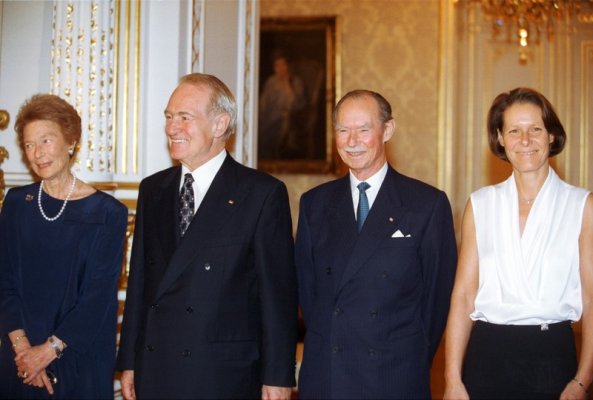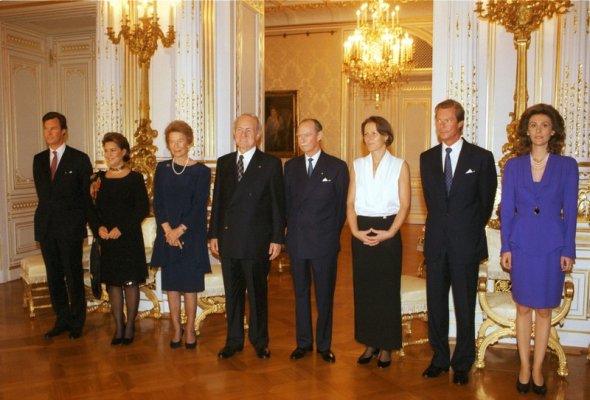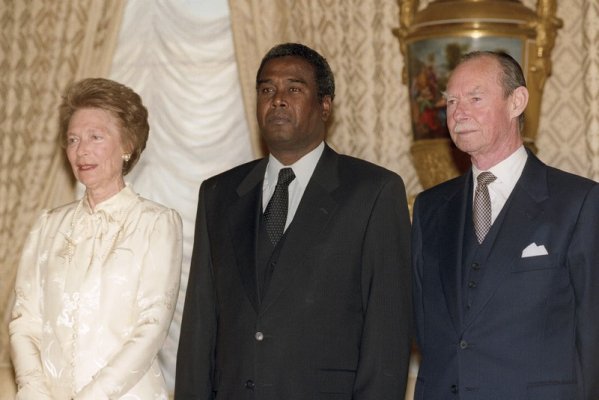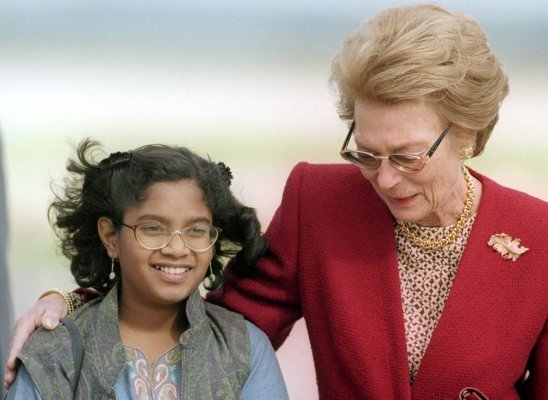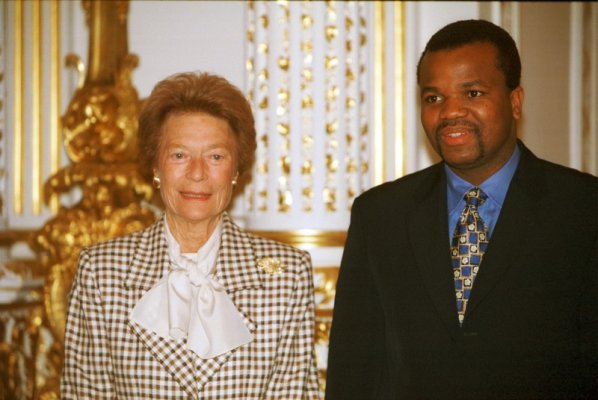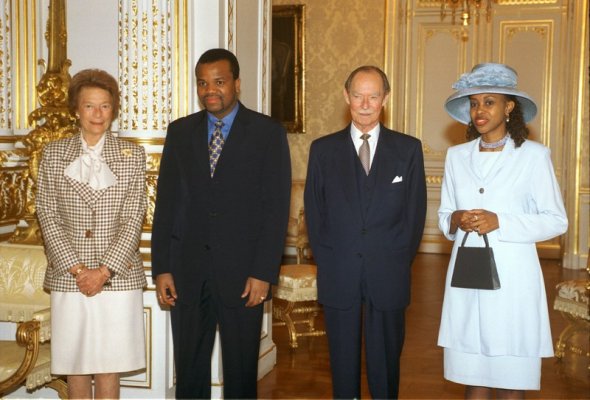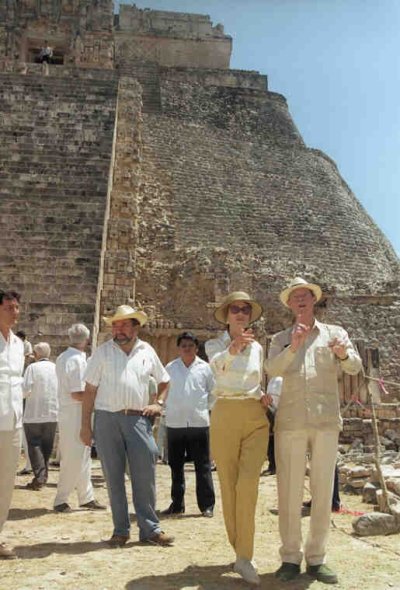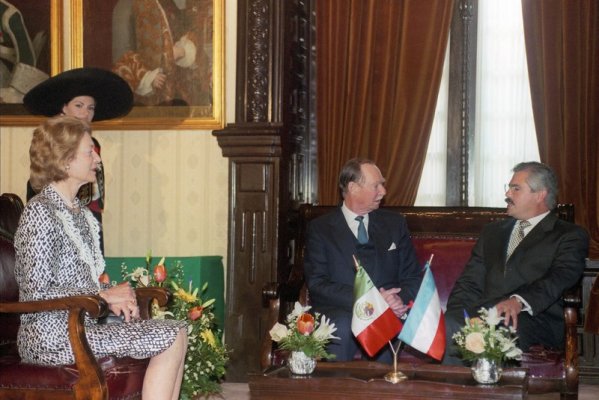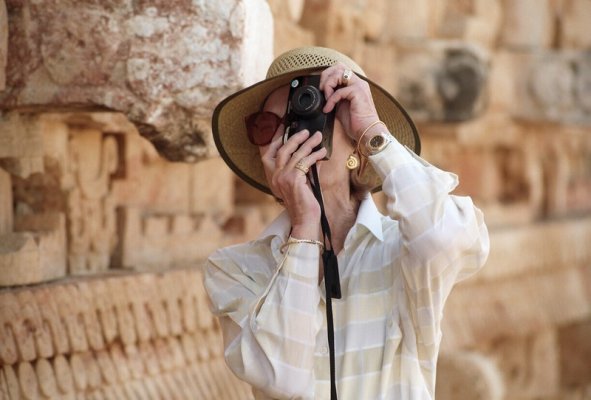drimal
Nobility
- Joined
- May 7, 2004
- Messages
- 460
- City
- Belvaux
- Country
- Luxembourg
Actually in Luxembourg a subject caused quite a stir in the last days: Grand Duke Henri wanted to participate on the referendum of the EU constitution on 10th July 2005!
Just a little explanation what this EU constitution is: the EU constitution is a guideline for all 25 members of the European Union (EU) so that all countries have to adapt on the EU norms. Normally Luxembourg had no referendum for such important decisions (we had neither a referrendum for the EU enlargement nor about the Euro! ) but the EU parliament has decided that all the members have the right to vote "yes" or "no" to the referrendum. In Luxembourg it is a duty because we have less inhabitants than bigger countries.
) but the EU parliament has decided that all the members have the right to vote "yes" or "no" to the referrendum. In Luxembourg it is a duty because we have less inhabitants than bigger countries.
Grand Duke Henri wanted to participate at the referrendum and vote with "yes" but he can't participate because the Grand Duke has no voting rights. He doesn't have the rights to vote at the parliament elections too, but the late Grand Duke Jean had participated at the last elections in Luxembourg in June 2004, because he is no longer the sovereign.
But with a changement in the laws GD Henri could participate but the justice minister emphasized that there is not enough time to change that law. (The only thing I have to say to that is:...if 5 months are not enough to change a law!!!!
 )
)
Just a little explanation what this EU constitution is: the EU constitution is a guideline for all 25 members of the European Union (EU) so that all countries have to adapt on the EU norms. Normally Luxembourg had no referendum for such important decisions (we had neither a referrendum for the EU enlargement nor about the Euro!
Grand Duke Henri wanted to participate at the referrendum and vote with "yes" but he can't participate because the Grand Duke has no voting rights. He doesn't have the rights to vote at the parliament elections too, but the late Grand Duke Jean had participated at the last elections in Luxembourg in June 2004, because he is no longer the sovereign.
But with a changement in the laws GD Henri could participate but the justice minister emphasized that there is not enough time to change that law. (The only thing I have to say to that is:...if 5 months are not enough to change a law!!!!
Last edited:


